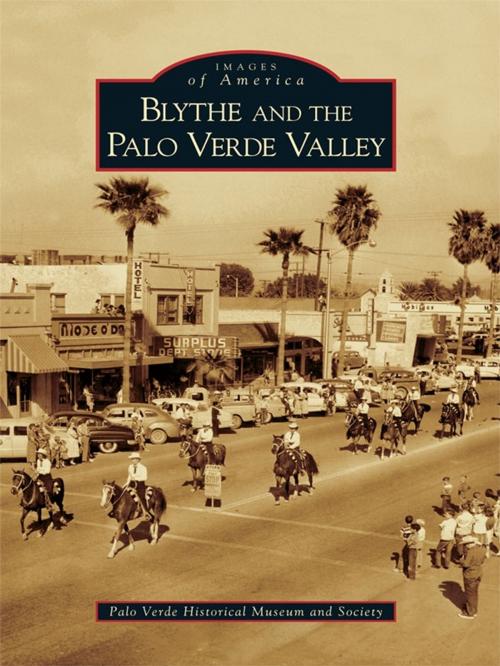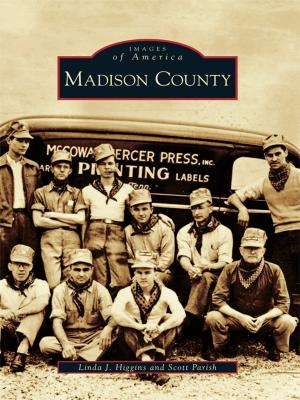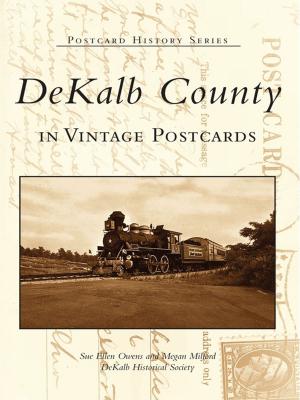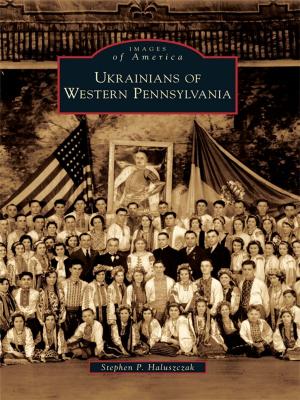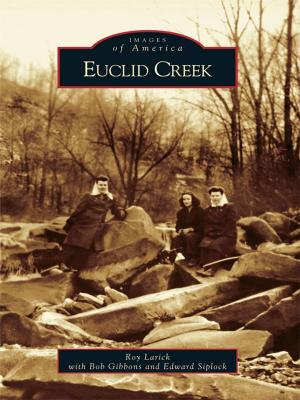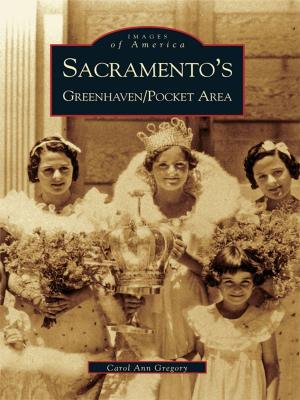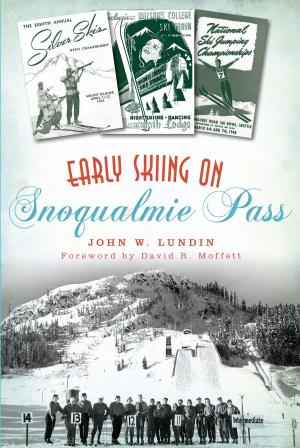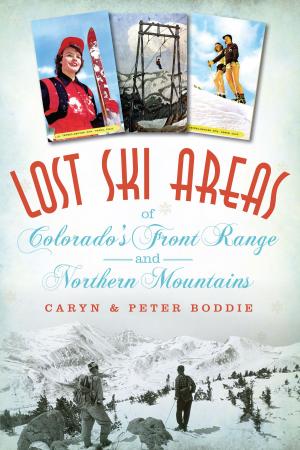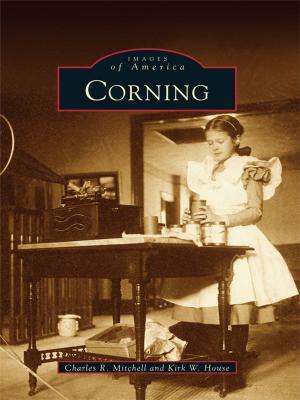Blythe and the Palo Verde Valley
Nonfiction, Travel, Pictorials, Art & Architecture, Photography, History| Author: | Palo Verde Historical Museum and Society | ISBN: | 9781439614501 |
| Publisher: | Arcadia Publishing Inc. | Publication: | November 9, 2005 |
| Imprint: | Arcadia Publishing | Language: | English |
| Author: | Palo Verde Historical Museum and Society |
| ISBN: | 9781439614501 |
| Publisher: | Arcadia Publishing Inc. |
| Publication: | November 9, 2005 |
| Imprint: | Arcadia Publishing |
| Language: | English |
Located midway between Los Angeles and Phoenix, the Palo Verde Valley enjoys year-round sunshine and mild winter temperatures. In the late 1800s, surveyor O. P. Callaway recognized the valley�s potential for flood irrigation from the Colorado River. He enlisted Thomas Blythe of San Francisco to finance the irrigation project. During the early 1900s, as more people settled in the valley, farming became the major industry as the extremes of a great river and a great desert merged into a flourishing greater produce garden. The Palo Verde Valley and its main settlement, Blythe (incorporated in 1916), grew into a thriving cohesive community loved by its year-round inhabitants as well as the �snowbirds� and river folks who come and go. The valley has over 40,000 acres of prime farmland and produces cotton, alfalfa, melons, lettuce, broccoli, onions, and many other fruits and vegetables. The Colorado River provides numerous opportunities for boating, skiing, and fishing.
Located midway between Los Angeles and Phoenix, the Palo Verde Valley enjoys year-round sunshine and mild winter temperatures. In the late 1800s, surveyor O. P. Callaway recognized the valley�s potential for flood irrigation from the Colorado River. He enlisted Thomas Blythe of San Francisco to finance the irrigation project. During the early 1900s, as more people settled in the valley, farming became the major industry as the extremes of a great river and a great desert merged into a flourishing greater produce garden. The Palo Verde Valley and its main settlement, Blythe (incorporated in 1916), grew into a thriving cohesive community loved by its year-round inhabitants as well as the �snowbirds� and river folks who come and go. The valley has over 40,000 acres of prime farmland and produces cotton, alfalfa, melons, lettuce, broccoli, onions, and many other fruits and vegetables. The Colorado River provides numerous opportunities for boating, skiing, and fishing.
